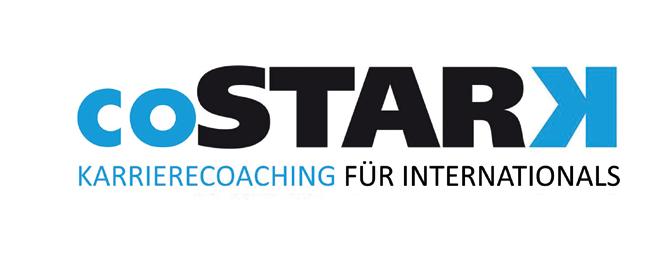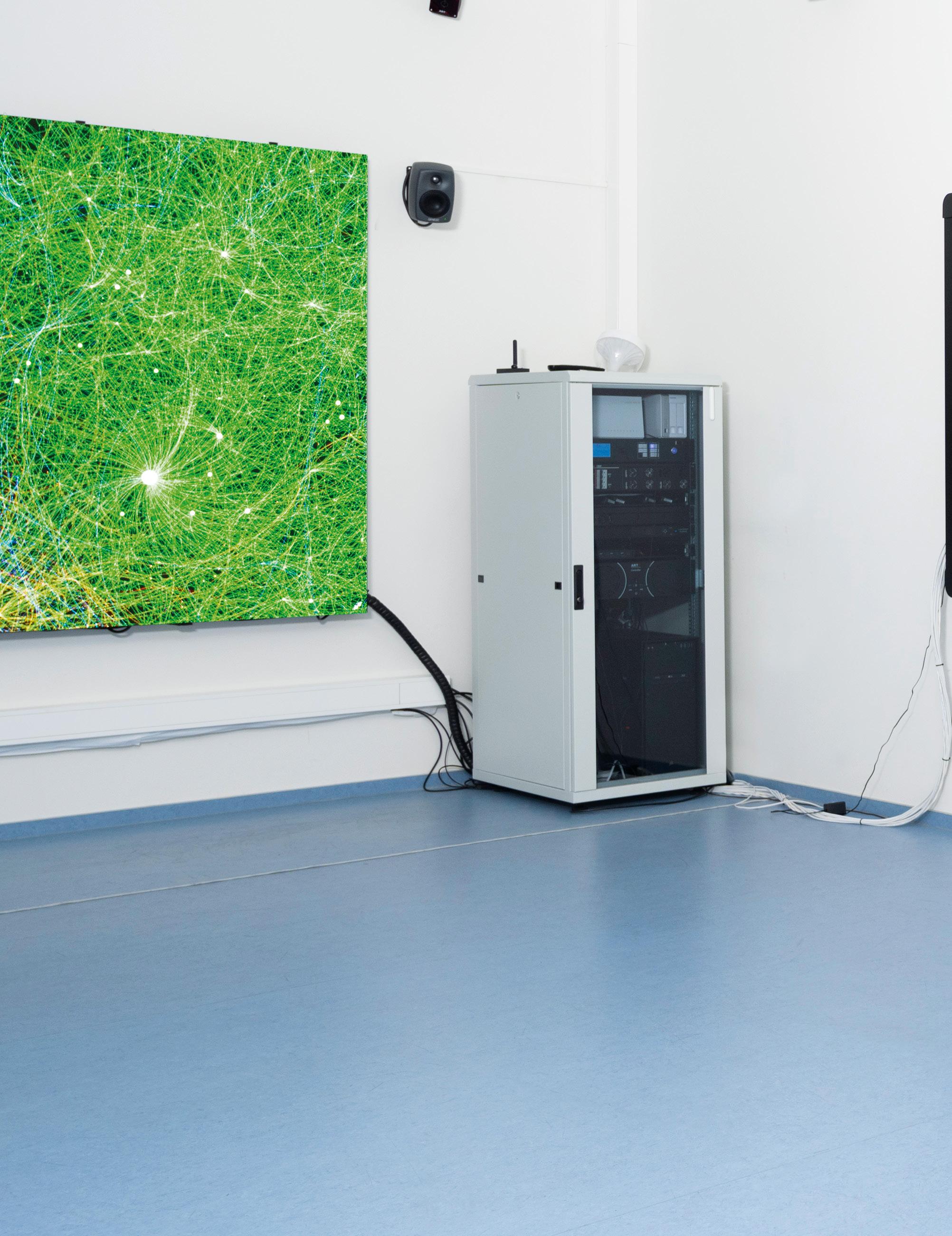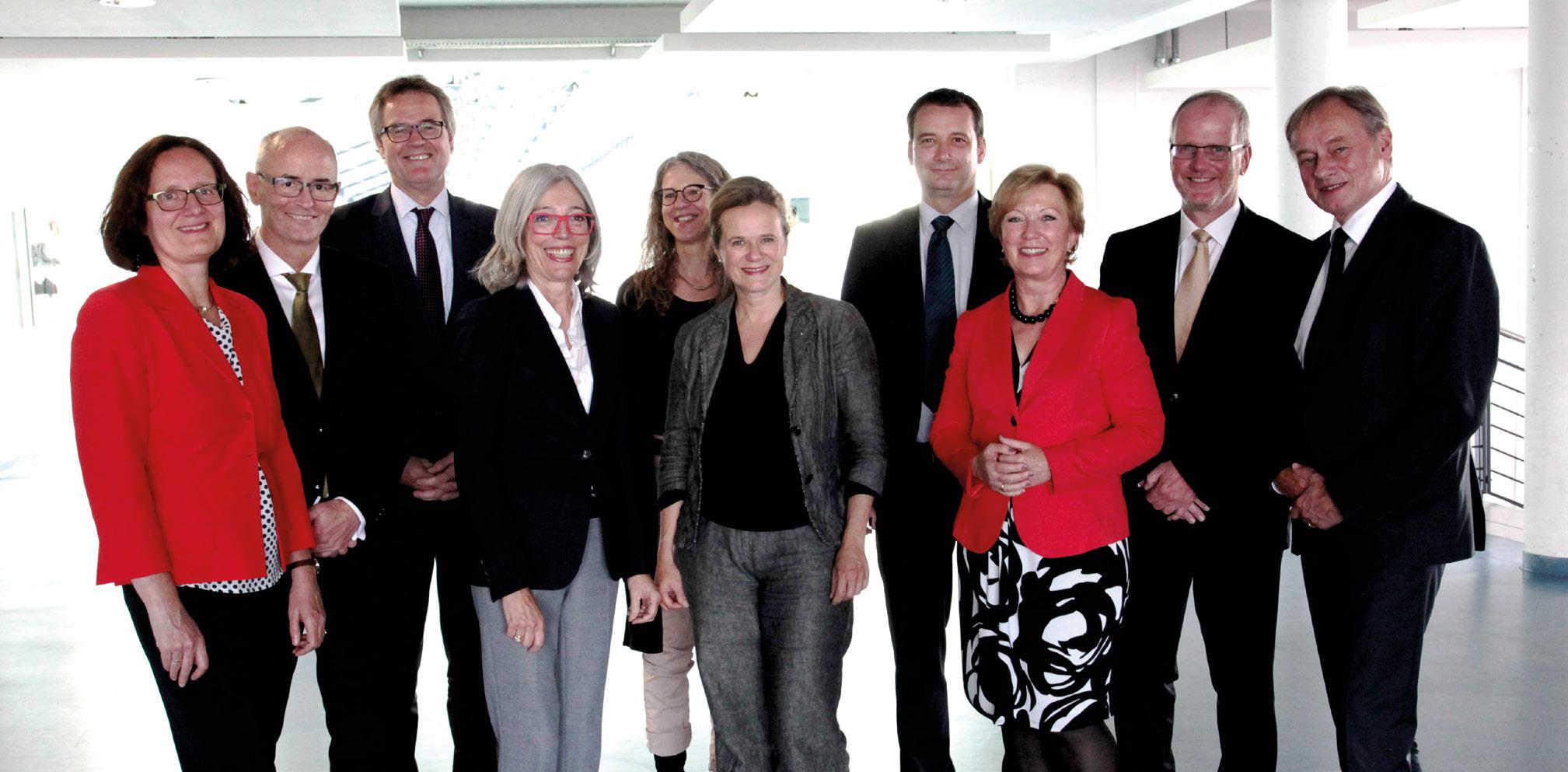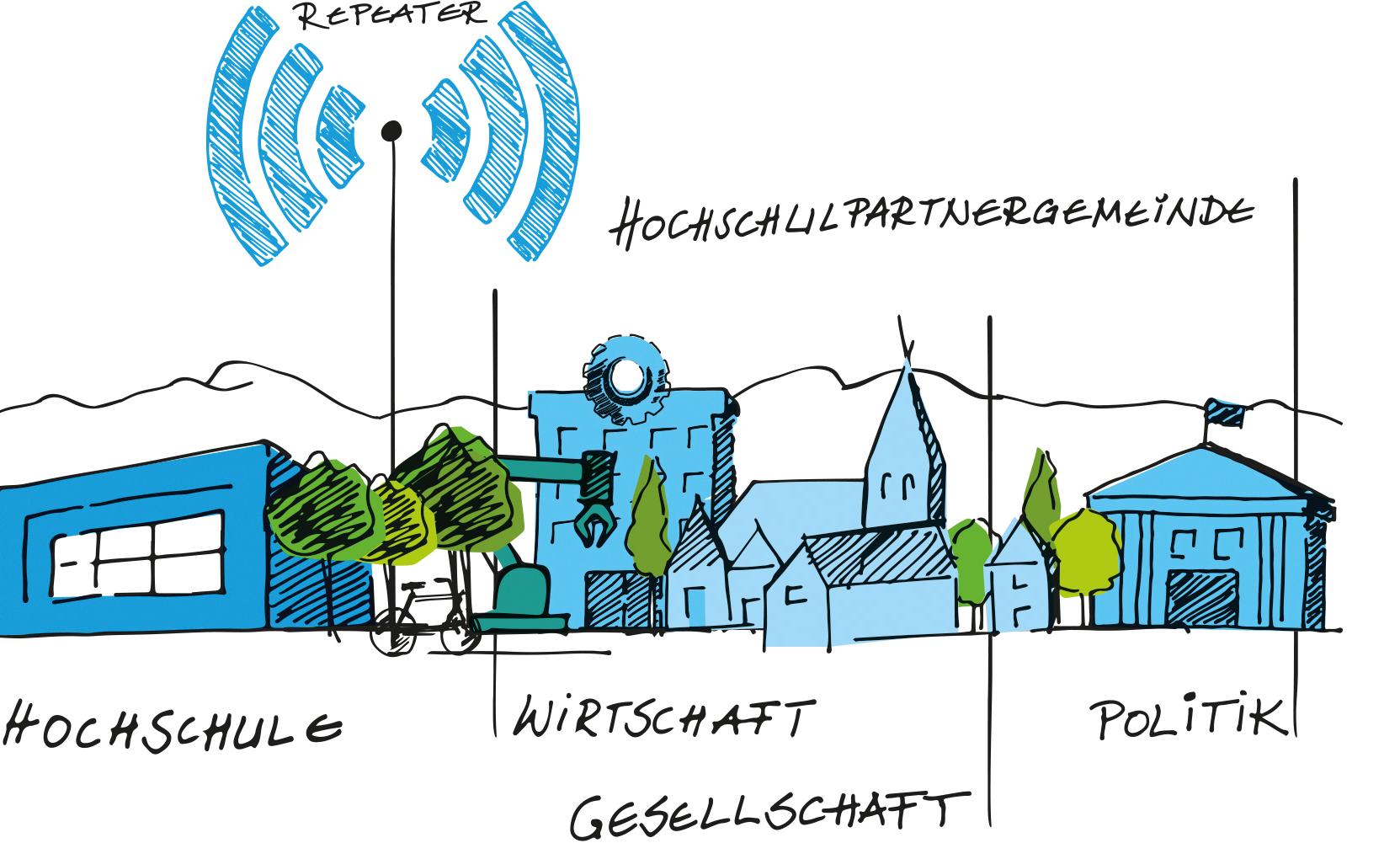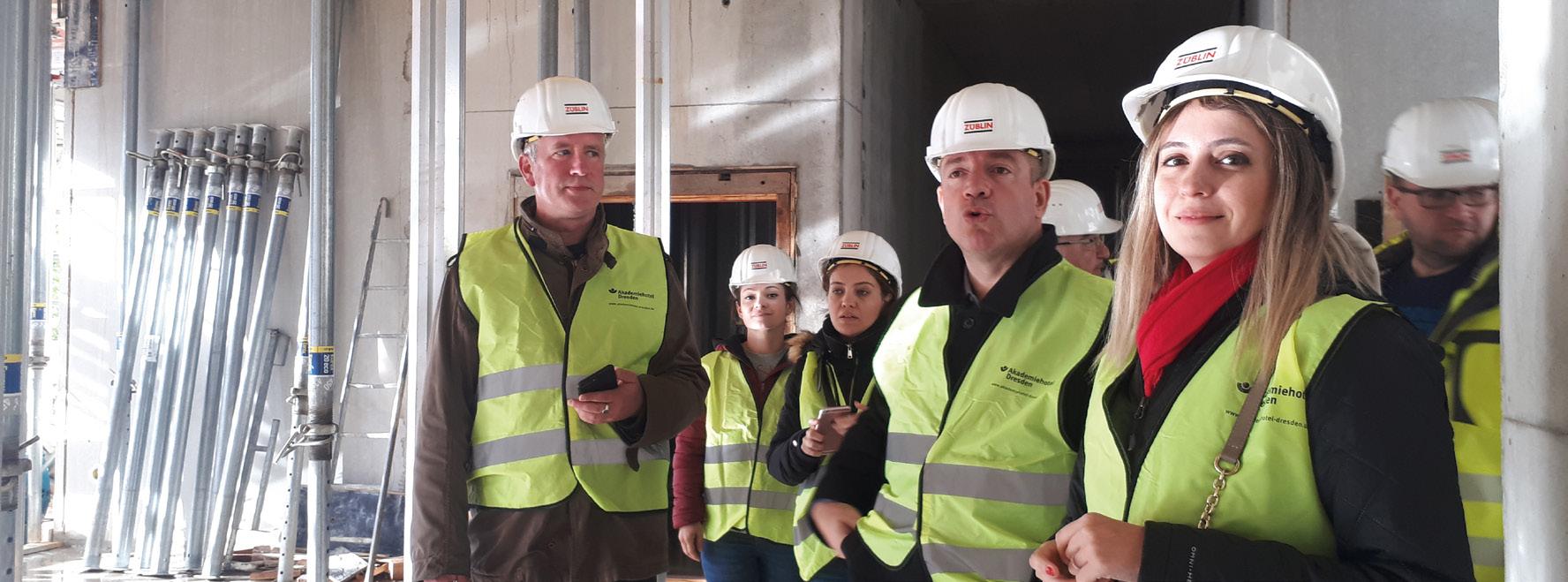
2 minute read
Clean future with energy-efficient vehicles
Together for a clean future
Higher education and industry research better energy efficiency of vehicles
When it comes to environmentally-friendly mobility, many questions remain unanswered. Hydrogen is the cleanest fuel – but how can it be stored without posing a danger due to the high pressure required? Petroldriven cars require a gearbox, electric cars do not necessarily. So what will the energy-efficient drivetrain of the future look like? Researchers at the Institute of Technology, Resource and Energy-Efficient Engineering (TREE) are dealing with these questions. And because the possible answers can also be used by industry, the TREE Energy Lab was launched in spring 2019. The companies GKN Automotive in Lohmar and GKN Sinter Metals, Radevormwald have invested around 200,000 euros here for research into foreseeable technical challenges.
More efficient driving means protecting the climate
The TREE Energy-Lab consists of four independent sub-laboratories. The Powder Fabrication Lab deals with components that are built up in layers of metal powder using laser technology. This process has many advantages over the conventional melting of metal. It is easier to incorporate cavities and may therefore find applications in vehicle construction, for instance. At the Mobility Lab, researchers are working on energy-efficient passenger transport. For this purpose, innovative vehicle and drive concepts are being investigated and user data and driving profiles are increasingly being incorporated into the development process. Hydrogen as a fuel is the object of research in the third sub-laboratory, the Hydrogen Lab. Although hydrogen is readily available, it is highly explosive. New forms of storage, in combination with metals, for instance, could lead to novel applications.
In their work, all three laboratories make use of the possibilities of the fourth, the Simulation Lab. Here, technical systems can be simulated on the computer, and optimised components can be formed and tested using 3D printing processes and state-of-the-art equipment.
The research partners also focus on the training of young engineers during their work. “Together, we are creating a modern research environment for the students with short communication paths to industry”, says Michael Engelmann of GKN Automotive. “The system of encouragement and demand (“fördern und fordern”) works well”, adds Professor Dirk Reith, one of the TREE directors. There are already joint theses with GKN and ideas for publicly-funded projects. PhD projects for engineers and computer scientists are planned.
More information: www.h-brs.de/en/tre3l-tree-energy-lab More sustainable mobility thanks to hydrogen
H-BRS would like to promote discussion on hydrogen as a sustainable energy for automobility. For this reason it is participating in the project cluster “Model Region Hydrogen Region” alongside scientific institutes, cities and companies. The partners are developing an overall concept for the regional and efficient production, distribution and use of hydrogen and thus making it marketable. At H-BRS, Professor Stefanie Meilinger is participating in the project with a potential analysis for the regenerative production of hydrogen. A further research question is whether the existing natural gas network can also be used to distribute hydrogen.

